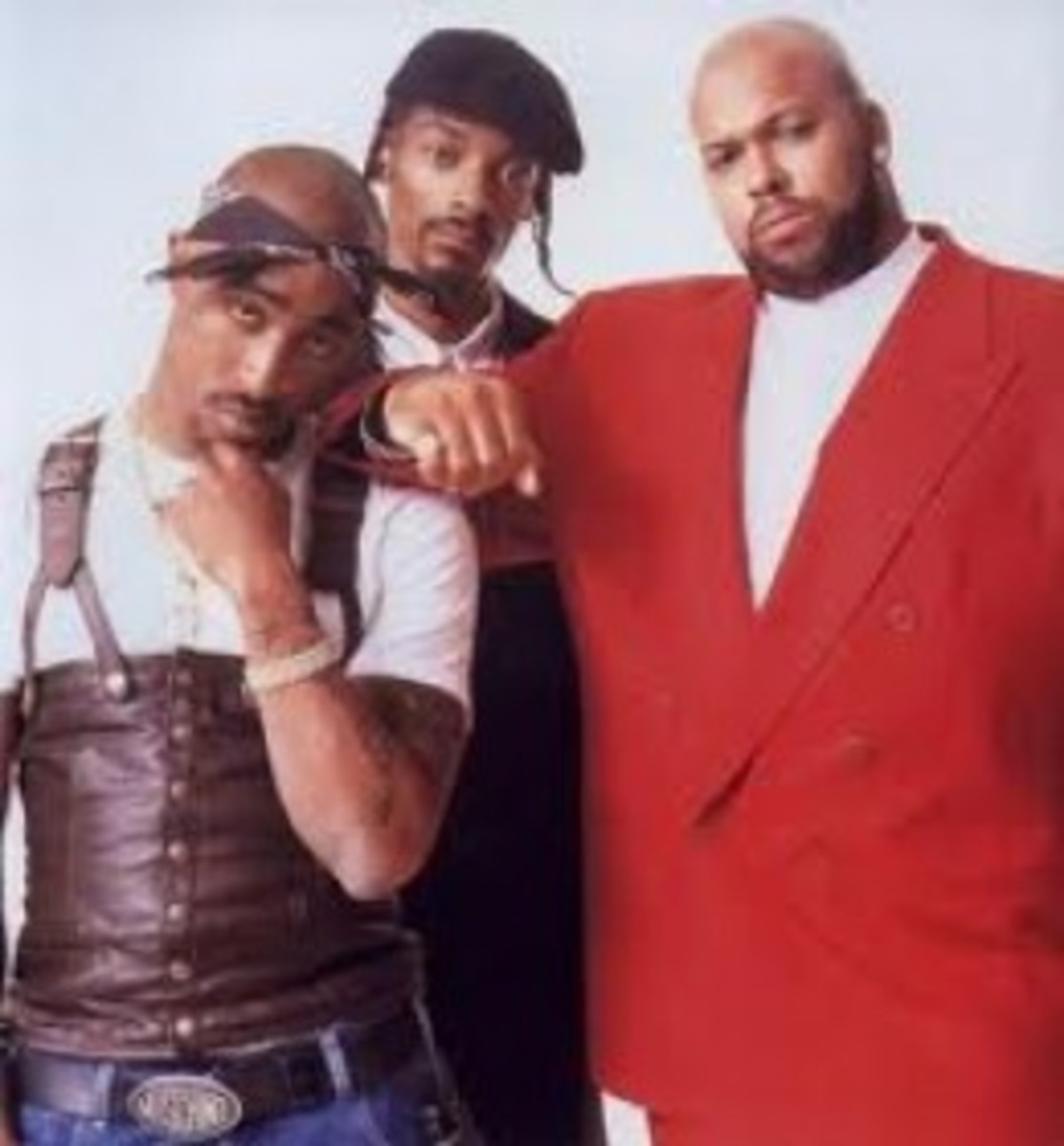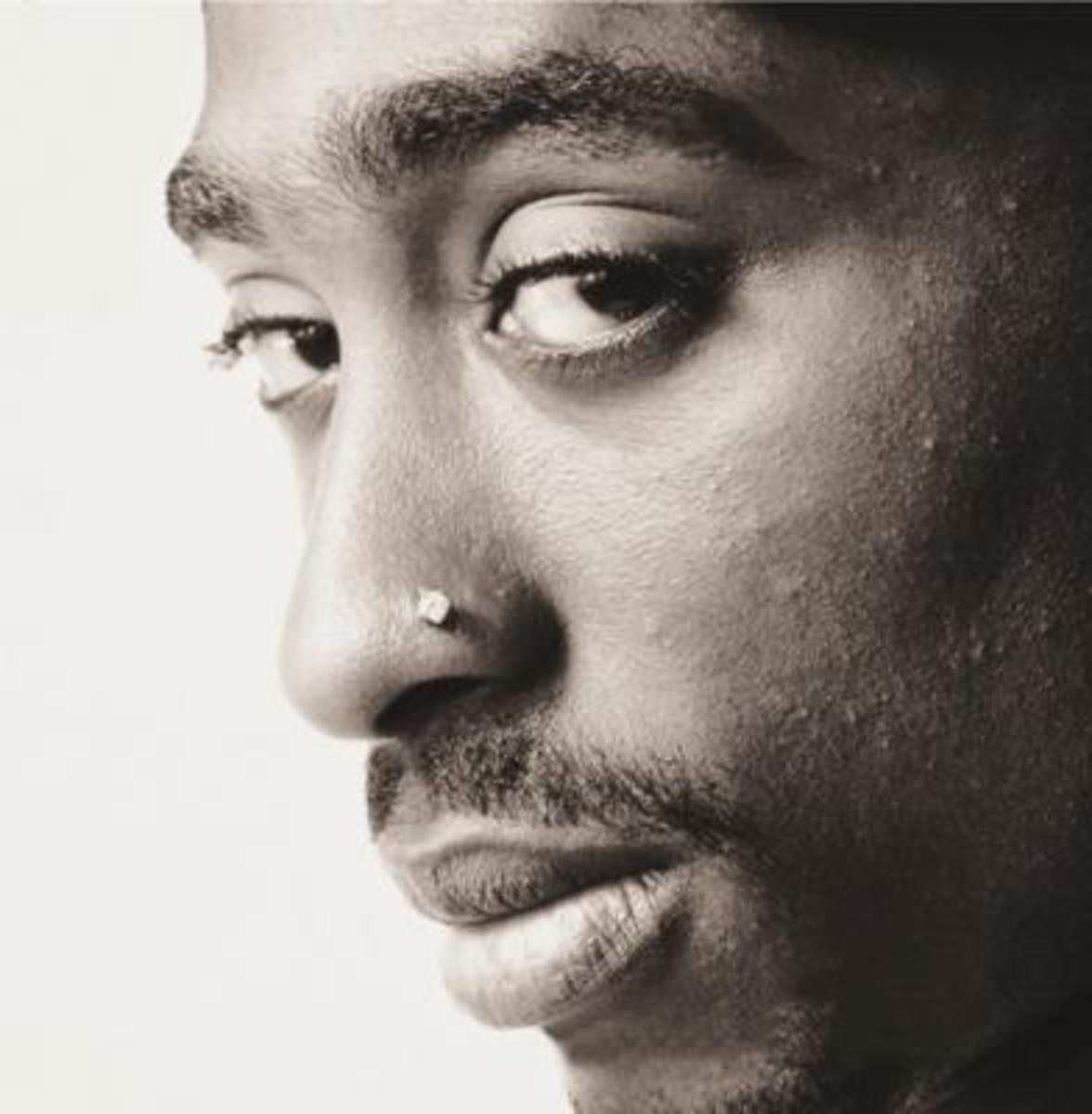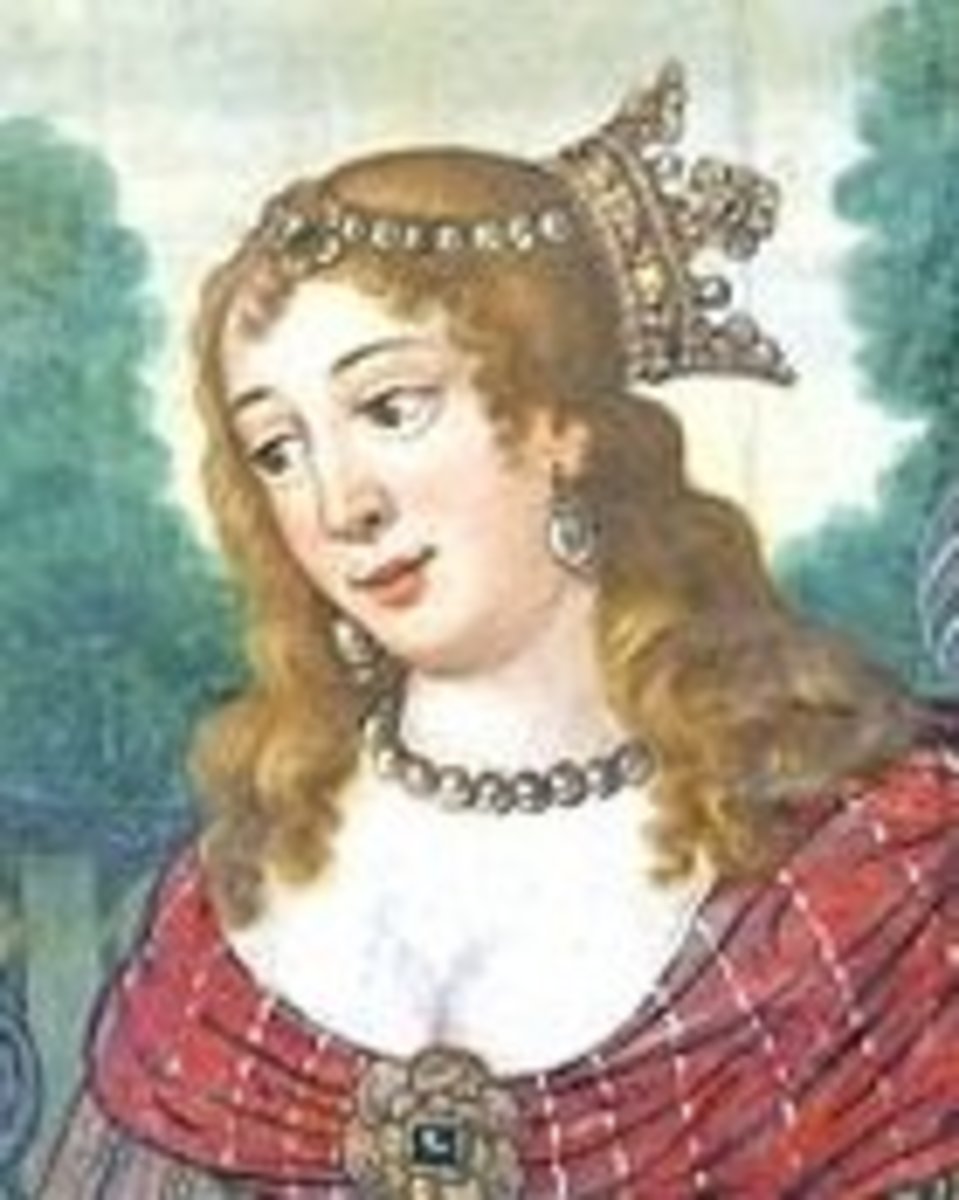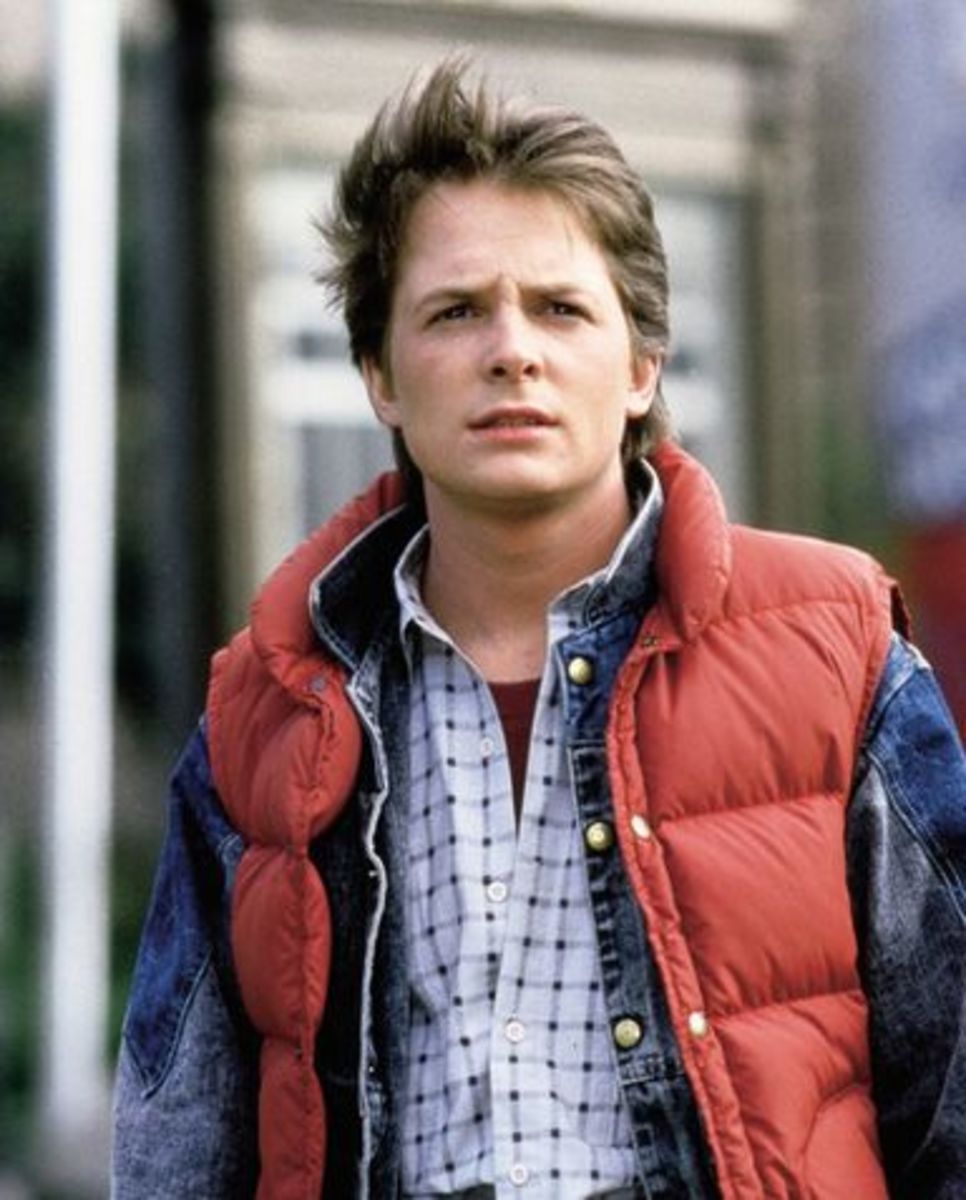Tupac: Cautionary Tale or Martyr
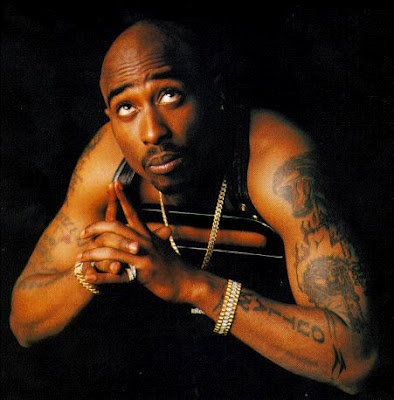
To keep it real, to valorize the hood as only being about pimps, prostitutes, macs and the gutter; even though, it was very necessary to elevate and edify that element of the unquestionable pursuit of that as the be all end of existence. Led to some death dealing consequences for Tupac Shakur.
Unlike any other musical form, Hip Hop demands its artist to do what it says. Tupac found himself fighting a two front war. One for street credibility and the other for a moral center. In the end he became a casualty of that conflict. The icon that Tupac has become is no less confusing than the man. Some label him a cautionary tale others as a martyr. In the distance wake of his death, we still ask what did his life say? But to understand we must first deconstruct.
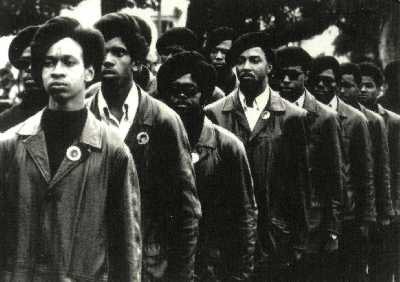
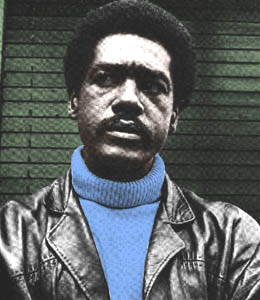
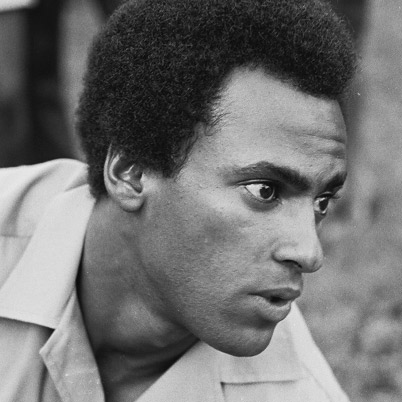
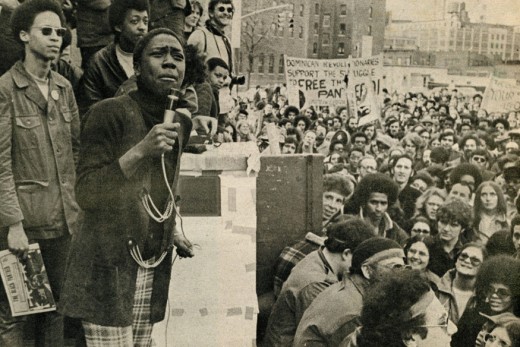
Tupac was a black panther, I believe, in his heart. of course, he learned a lot from the mistakes the black panthers made in the past and a lot of the problems with their approach and how they were not able to stay together. Tupac would have been the next generation black panther.
The 1970s ushered in a new era of black nationalism in America, built on the memories of police dogs and fire hoses. It was an altogther new and different mind set out of the bedrock of the 60s. Founded in 1966 in California, The Panther Party came into its own in the 70s offering intelligence and articulation to the anger of the urban condition. Bobby Seale and Huey P. Newton were the founders that gave the Black Panthers direction.
In the South Bronx, Afeni Shakur, Tupac’s mother, fell in love with the ideas of the panthers, throwing herself into the Panther Party army. In 1969, she was arrested along with 20 other panthers. For allegedly trying to bomb several buildings in Manhattan. They were known as the Panther 21. February of 1971, Afeni Shakur was sent to The Women’s Detention Center in Greenwich Village, New York.
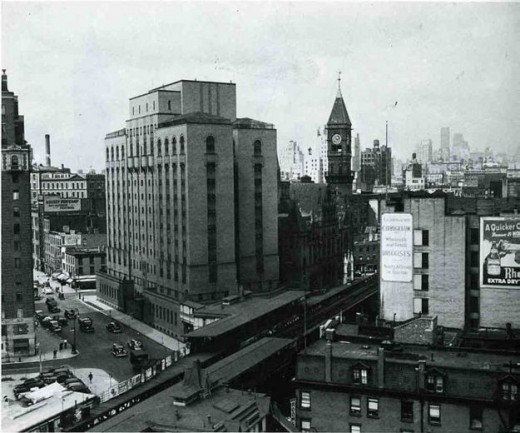
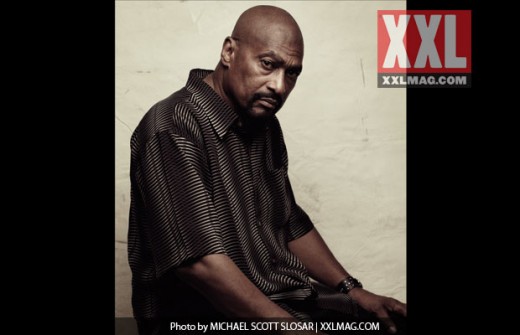
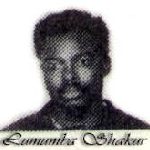
Lesane Parish Crooks was still inside his mother’s womb. A month after she was released. She gave birth to Tupac. Tupac was born on June 16, 1971. Afeni soon changed his name to Tupac Amaru Shakur. The name is derived from an Inca Chief who was torn apart by Spaniards. It translates as Shining Serpent Thankful to God. Throughout, Tupac’s life the relationship he had with his mother was his stepping stone. It was rooted in admiration for her strength and struggle. But it was a bond that would be tested in the coming years.
The story of Tupac’s father is a more tangled one, while it is believed panther member Billy Garland was Tupac’s biological father. A local hustler by the name of Legs became the man Tupac claimed as his father. Legs became the foundation of his thug persona. Their collected involvement and neglect had a far reaching impact with a duel influence for shadowing the conflict at the core of how Tupac would later become.
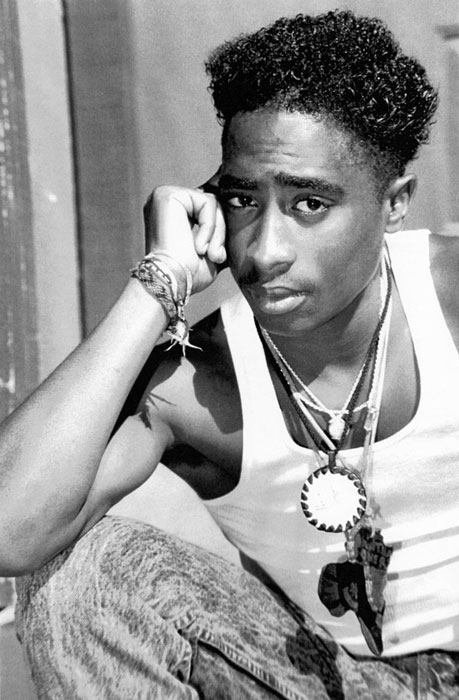
Tupac did not create the thug life. He diagnosed the thug life. Just as a doctor would diagnose a person with cancer. The doctor would not be blamed for his or her patient having cancer. The doctor would see there are signs of cancer, give and provide the patient with information. In order for the patient to be cured of cancer. Tupac felt that he was the doctor, thug life was the cancer and his knowledge, the knowledge he gave through his lyrics was the cure.
Beyond the ravodo and the soullessness that critics key in on; it is an inescapable poverty that defines the thug mentality. It is content for being poor and it is a content that grew in Tupac throughout his childhood.
Afeni’s involvement in the counter culture made it virtually impossible for her to get or keep a job. At the same time, the Black Panthers were beginning to unravel from internal and external forces. The message of equality and unity was quickly getting lost, as it became every man for them self.
In 1986, Tupac and his mother moved from New York to Baltimore where he began to tap into the arts as an outlet, as an escape. Tupac went to the Baltimore School of Performing Arts. He learned a lot there. He immersed himself into theater and began to read heavily, but soon found himself again transplanted. This time to Marin City, California. His family like so many others was breaking under the Republican regime. Afeni the activist was becoming; Afeni the addict. It was during this time, music became Tupac’s only purpose. His early work was primitive and typical on the surface, focusing on material wealth, but there was also a political content in his music that was lacking in it at most. His music jumped out at the people who heard it for inspiration. He needed only to look around him and see the descenagration he felt in Baltimore on display in Marin City.
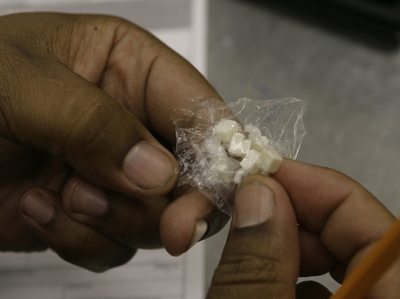
In black communities across America, crack found a home. Whether you believe in San Jose mercury or not, the conspiracy theory or not. The reality of it is. The black community, the ghetto was rich with crack cocaine. The government turned, a blind eye, if you will. To an enormous drenching of these urban terrains by this crack economy, which created hostility in black and brown families.
One person said it. I believe it was Joseph Marshall. Joseph Marshall said that crack cocaine did what 300 years of slavery could never have done. It undermined the integrity and serverty of the black family by virtue of creating a commodity over which black people were literally killing each other to get access too.
Tupac saw the bitter consequences of his own mother living the contradiction between black revolution. On one hand, there was promise and possibility. On the other hand, the worst form of anti-revolutionary impulse, addiction to crack cocaine.
Watching his mother fall from grace drove Tupac. Tupac was consumed with rising above gray waters, hungry for any knowledge he could get or any edge he could gain. He devoured books. He left high school to pursue his career. The more he read the more he began to believe he was a member of an expendable race being extinguished and nothing was being done to stop it.
Tupac saw the prison in Marin City, California as a big business. He stated that this prison fed the whole town. Everyone in the town worked for the prison. It was the main source of income and if there were no criminals. The people of Marin City would not be able to eat. Tupac wanted to help figure out a way to get black people out the game before it was too late. He believed that if you were going to be in the game and commit yourself fully to the game. Then it would be of best interest to give back to the community that you were taking away from. Or in his words, the community in which you are “raping.”
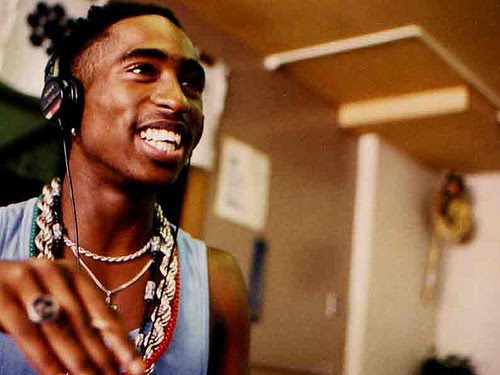
The ghetto became the source root, the major metaphor for Tupac that seized him by the throat. Tupac did not want to stay in the ghetto. He wanted to rise up from the ghetto, help his people rise from the ghetto, clean the ghetto up, have a nice place to live. So, Tupac would always in his lyrics talk about the tradegy of the ghetto and the pain that came with living in the ghetto. Instead of being the translator for the ghetto, by the ghetto. Tupac turned the ghetto into a stage. Tupac’s musical fiction bleed into his listeners reality.
Like a movie, gang violence is scoured with Hip Hop. Some Hip Hop feed off of gangs as a source but when the world saw an absolute evil. Tupac envisioned a positive spin rooted in the militate organization he saw in the panthers, self preservation. Tupac believed that gangs could be positive. If they were organized and stayed away from self destruction and leaned more towards being self productive. He believed this country was built on gangs such as. The Republican and Democratic parties of the government, FBI, police departments, CIA, etc.....
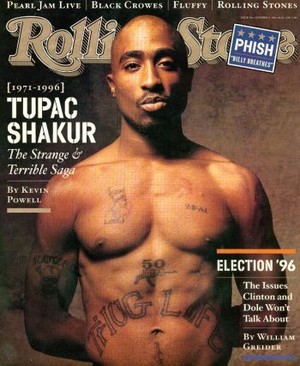
Before he was tragic he was famous. Before he was famous he was in trouble. His trouble gave him his fame. In 1994, an allegation of sexual misconduct and a shooting that nearly took his life led Tupac to prison. Tupac spent his first eight months in solitary, 23 hours a day locked down. He spent most of his time reading the works written by Maya Angelo. He started thinking about his past and writing about it. He wrote a script called “Lived to Tell.” He added his own words to his role in “Poetic Justice” and wrote whole scenes to the move “Above the Rim and Juice”.
When Tupac was released from prison he had a motivating factor. The people who shot him and put him in prison. Biggie Smalls and Sean “Puffy” Combs. The moments that would define the second half of his career had begun taking shape.
Tupac’s obsession with the violence that was committed against him, was expressed through his lyrics and provided critics with their strongest arguments. Critics argued his lyrics was a reflection of who he really was. In his lyrics he acknowledges his critics and points out time an again. Hip Hop is built on theatrics.
To counter the venomous aggression of his critics, a warnful side started to emerge in the 90s. It focused on the pain that the cycle of violence caused. Tupac would drift, provoking cries of hypocrisy from the critics who saw a man fixated with his own death. It was lyricized again and again, draped in metaphors, alluding the mythic Italian gangsters and mad dictators. There was a seduction to his lyrics and it sold. The simple truth is this, if Tupac did not sell records no one would have listen to anything else he had to say.
Tupac knew it was not good to speak out against violence. He was shot, the first time five times. He did not believe violence was cool. He felt obligated to speak out against violence because he was shot and robbed. Tupac said and I quote, “Ain’t nobody out there with a gun saying its cool to be shooting people. Its just in certain situations there is no way out. But there are situation where we can find a way out but until we find a way out we can not say not too live this lifestyle.”
In the mid 90s, Tupac was a poster boy for the young black male. He was able to articulate the ghetto condition. Ironically, the negative press had validated him with his fans and his west coast mentality was what the gang culture thrived on. Tupac’s life tended to be problematic from here on out, but he was always looking for the solution, to marry the thug and soldier within himself. Tupac believed they were one in the same. He believed that he could be both a thug and a revolutionary and the greatest revolutionary was the thug. So he never gave up revolution he transmuted the terms. The transmuted terms of revolution was now thug life. Thug life was about elevating the ghetto dweller, the blood, crypt, the person that did not have much in life and making them. The center of an agenda to speak about the pain of black life.
Since the death of Tupac Shakur, on September 13, 1996, over 18 million of his units have been sold. The reason Tupac is able to be globally consumed, is simply not because of American capitalism. But because he was a person who attracted people due to his willingness to want to find the right way to articulate the possibility of humanity in the midst of difficulty.
Tupac was the greatest rapper and still is today. The value of his music will always be a debate. Then again, the debate is what creates his legacy.
Coachella, in April, brought Tupac back to life to perform two of his most famous hits, “Makaveli and Gangsta Party.”
Check it out!!!! Guaranteed to be amazed!!!!

